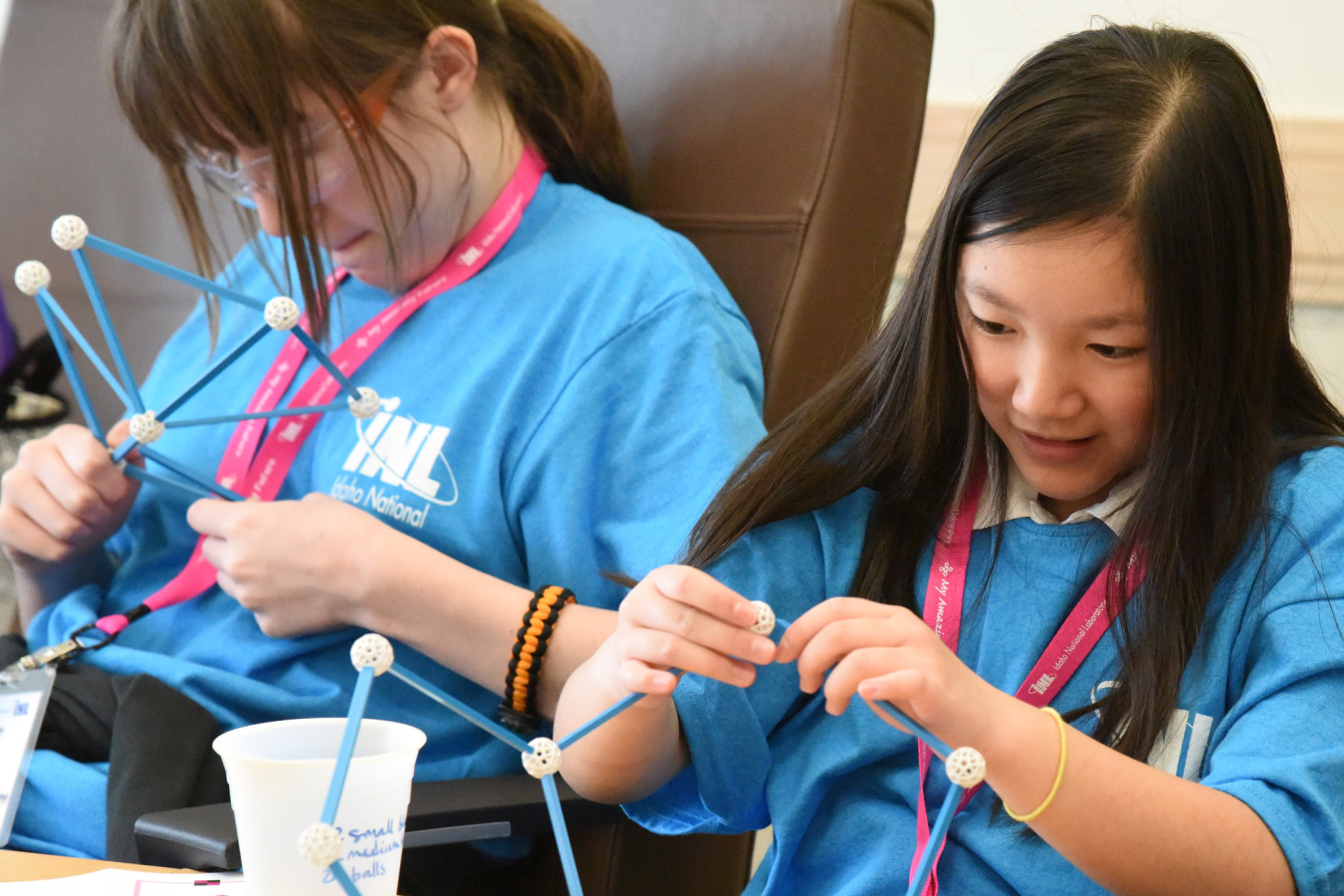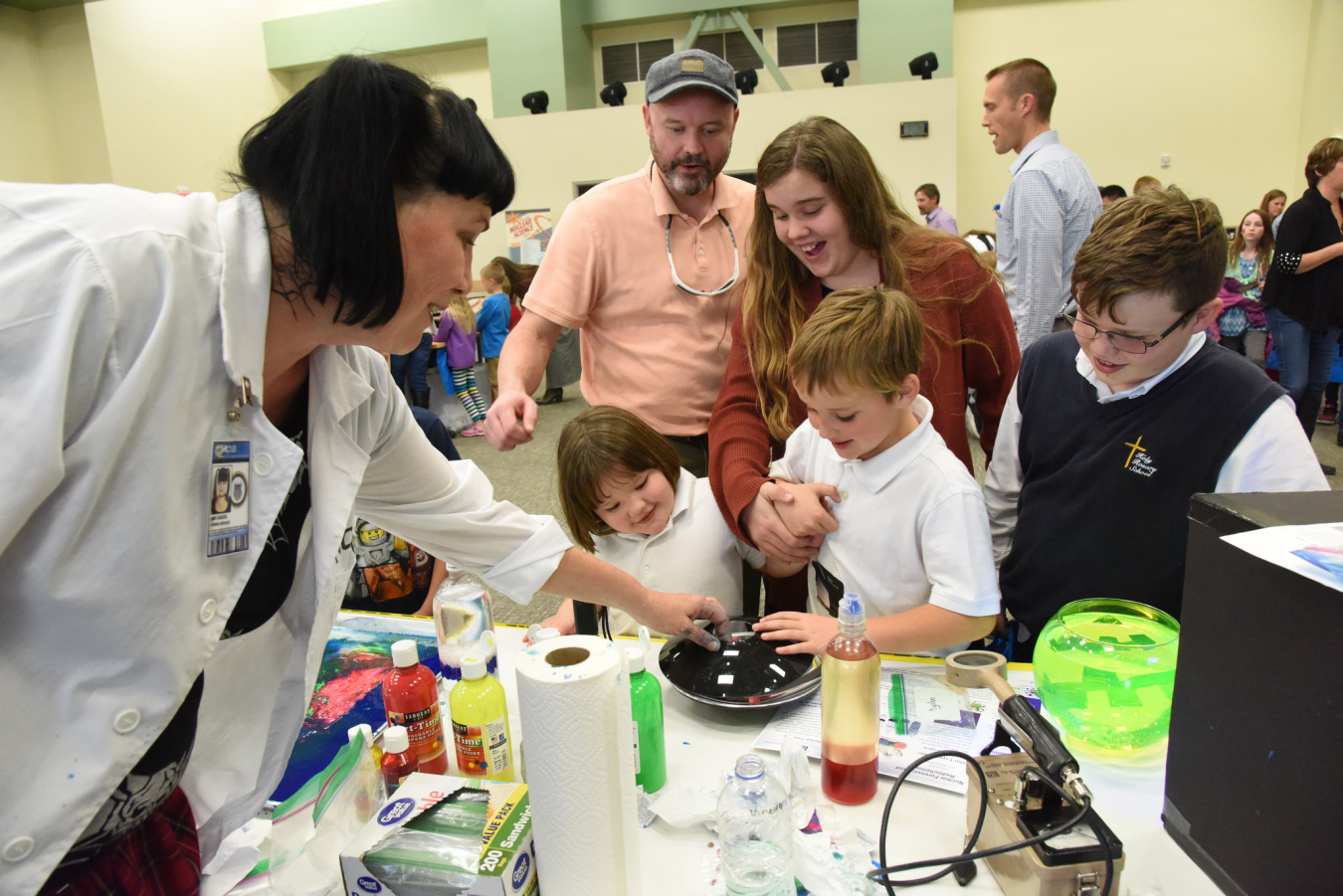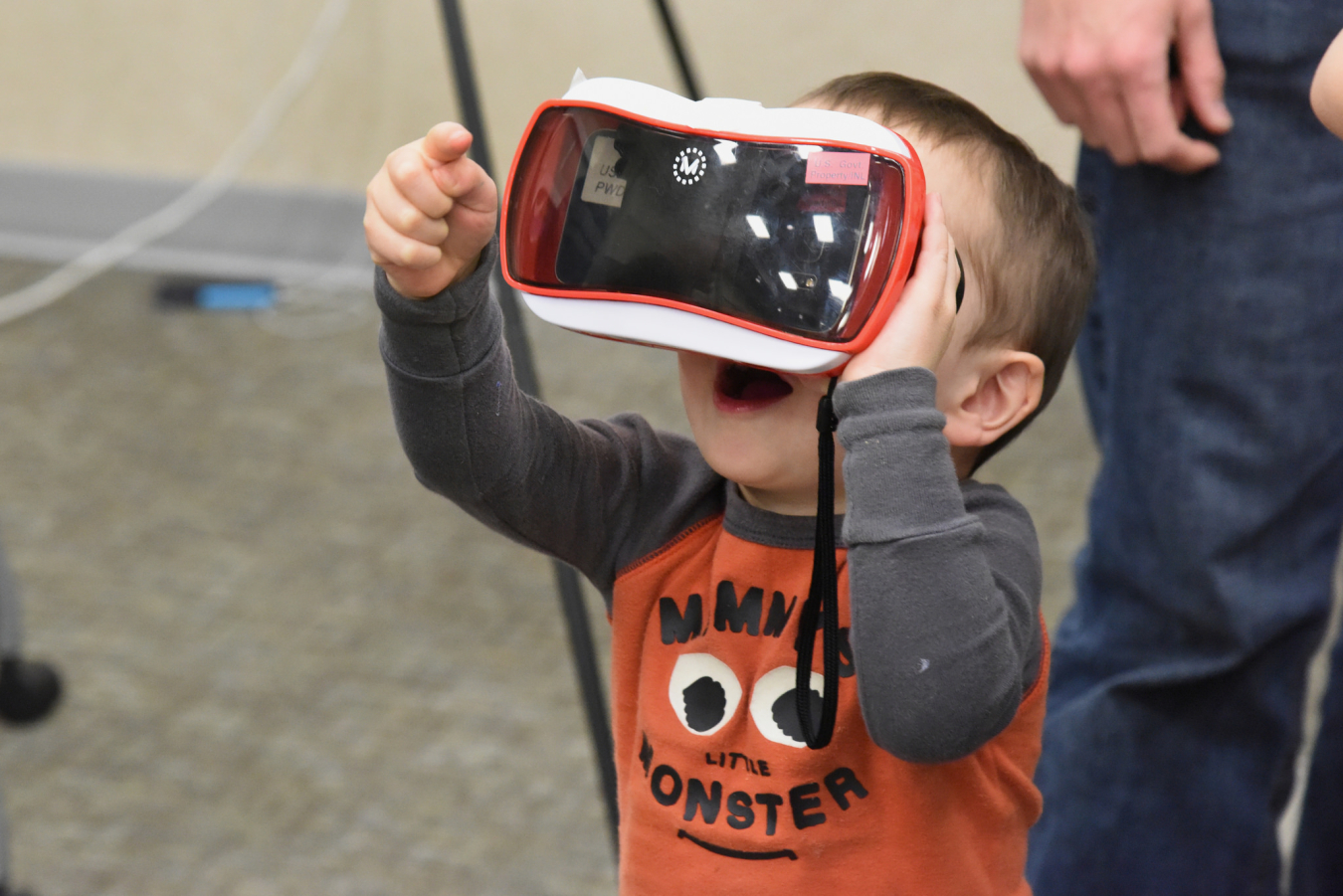
Family Nuclear Science Night is one of many science, technology, engineering, and math (STEM) efforts by Idaho National Laboratory. | Photo by Idaho National Laboratory.
I spend a lot of time thinking about how we leave future generations a world that is safer, more secure, prosperous and clean. But I am equally concerned with ensuring that those future generations are equipped with the skills and knowledge needed to resolve the big energy and security challenges they will face.
Idaho National Laboratory researchers work every day to advance nuclear energy systems, protect the nation’s critical infrastructure from man-made and natural threats, and accelerate development of broader clean and resilient energy systems. At the same time, our K-12 STEM team is helping prepare the next generation of science, technology and energy workers.

It does this by making sure Idaho’s schools have the equipment they need; training educators to teach STEM subjects through a variety of resources, including code.org, whose mission is to increase access to computer science and participation by women and minorities; and working with students to provide hands-on experience that can spark a love of learning.
You never know what is going to light that spark. For me, it was the eruption of Mount St. Helens on May 18, 1980.
I was awestruck and intrigued. I took classes that taught me about the natural world. Eventually, I enrolled at Auburn University and majored in geology.
Looking back, I can say this childhood curiosity with the most destructive volcanic eruption in American history is the reason I became a scientist, and today have the honor of leading the nation’s premier nuclear R&D laboratory.
For the fourth grader at Longfellow Elementary School in Idaho Falls, that spark may be lit in the new STEM “makerspace” funded by a $10,000 INL grant.
For the eighth-grade girl who may have been conditioned to think of a STEM education as a man’s world, that spark could be lit at the annual “My Amazing Future” day at INL.
For the student from southeast Idaho’s Fort Hall Indian Reservation, that spark might have been lit during two days of classroom lessons our K-12 STEM staff led at ShoBan High School.
For a young person trying to find their way, that spark could have been lit during the K-12 STEM staff’s visit to the Idaho Youth Challenge Academy.
That spark was undoubtedly lit for many of the 600 students who attended the 10th annual Hispanic Youth Summit in Idaho’s Treasure Valley.
I’m proud of INL’s efforts to advance STEM education in our state, and of our many partnerships, with Idaho’s public schools, colleges and universities, industry and policymakers.

All of us in Idaho, working together, from pre-K through career, have accomplished so much. But we are not content. We will keep moving forward to ensure every child has the opportunity to excel and no one is left behind.
Our challenges are great and we need input from bright young minds from towns large and small, from Idaho Falls to Athol, Boise to Buhl, Coeur d’ Alene to Kuna – from Emmett, Kellogg, Kimberly, Mountain Home, Challis, Pocatello and Preston.
Chances are, most of you have never heard of these places. Challis, for example, is a small dot on the map. But the dreams of students from Challis are just as big as the dreams of their peers in schools, cities and states with larger populations and reputations.
The next energy or security breakthrough may be percolating in the mind of a young student from Challis, Idaho. The next big idea may come from a student in your backyard.
Knowledge and opportunity will light that spark. It’s our job to make sure all of today’s students have access to knowledge and an abundance of opportunity.
